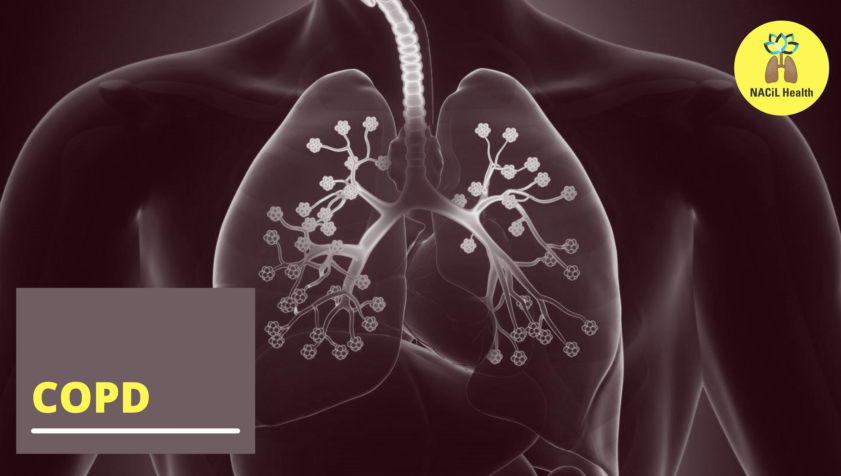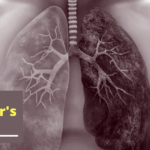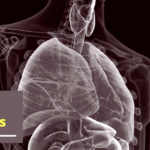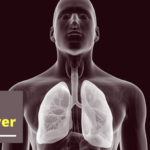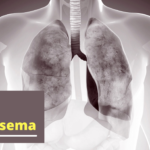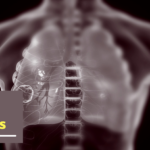COPD stands for Chronic Obstructive Pulmonary Disease. COPD is a group of lung diseases that block airflow, making it difficult to breathe. COPD usually occurs when the small airways in your lungs become inflamed and thickened over time, blocking the movement of oxygen into or out of your lungs. Chronic obstructive pulmonary disease (COPD) is a progressive lung disease that makes it difficult to breathe. COPD develops over time, and includes both emphysema and chronic bronchitis. Good news is that that is preventable and treatable.
COPD can cause coughing, wheezing, shortness of breath, and chest tightness. It also can make you more likely to have infections like pneumonia or bronchitis. They usually get worse over time, especially for those who continue to smoke. COPD won’t affect your lifespan, but it might make it shorter if you don’t manage your symptoms well and try for healthy habits. The main symptom of COPD is shortness of breath during physical activity, such as walking up stairs or even just rolling over in bed at night. Other COPD symptoms include chronic coughing that produces phlegm, wheezing, and having trouble breathing while lying on one’s back.
Smoking is the most common cause of COPD but not everyone who smokes gets COPD. Other factors may contribute to COPD, such as air pollution and genetics. COPD can’t be cured – but there are treatments available that make it easier to live with the condition. Symptoms often develop slowly and get gradually worse over time, making COPD hard to recognise at first. One in 15 people in the UK has been diagnosed COPD by the time they’re 85, and COPD is more common in men than women. COPD can be prevented by avoiding smoking or other inhalation of toxins or chemicals.
In COPD, the walls of the tiny air sacs (alveoli) in your lungs become thick and damaged from a lifetime of breathing in things that irritate them – such as cigarette smoke or pollution. COPD makes it hard to empty out the air sacs completely when you breathe out, causing trapped stale air to remain. This thickens mucus secretions and causes early destruction of alveoli, which leads to loss of lung function over time.
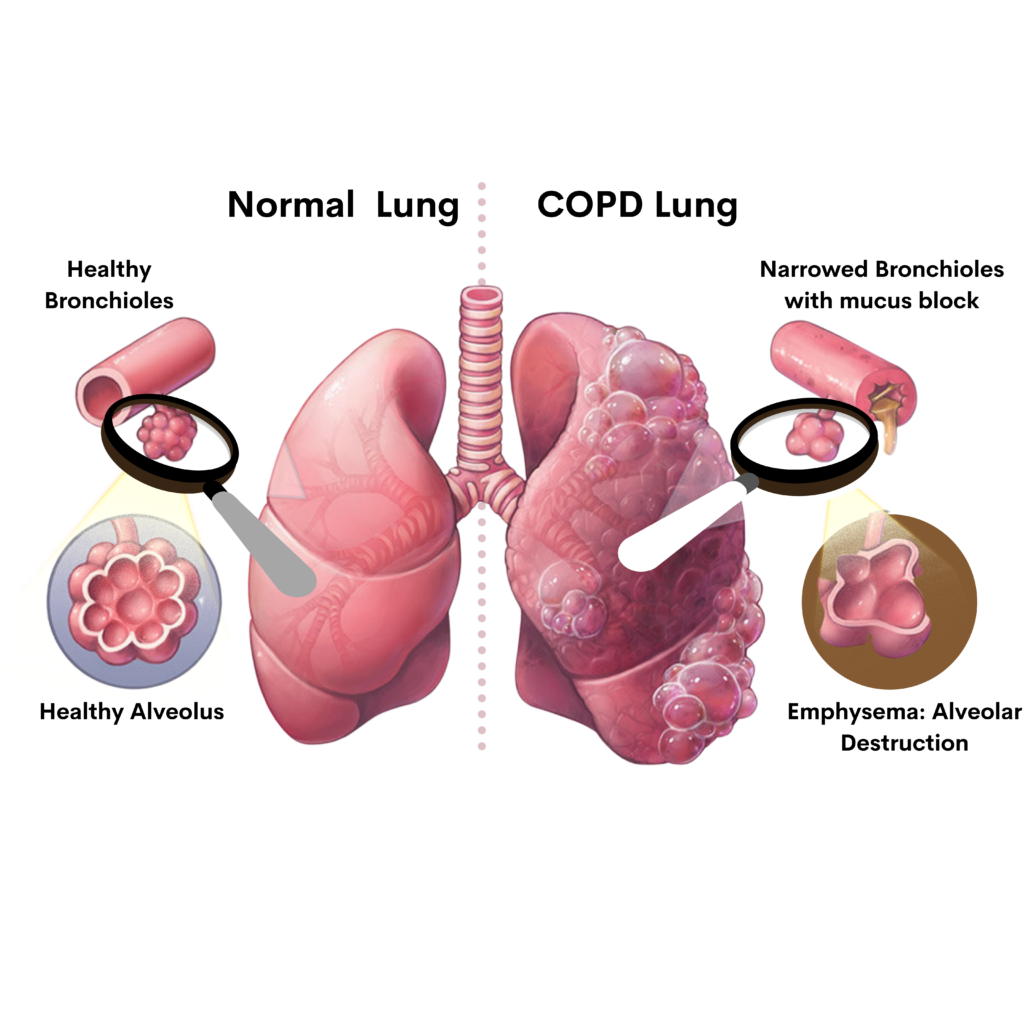
COPD cannot be cured but treatments are available that can ease symptoms and increase your quality of life. COPD symptoms may be similar to other lung diseases, such as asthma and bronchitis. COPD is diagnosed by taking a thorough personal and family medical history, doing a physical examination including listening to lungs with a stethoscope (auscultation) and carrying out blood tests and breathing tests (spirometry). COPD can’t be cured but there are treatments available that make it easier to live with the condition. The best way to reduce symptoms is to stop smoking if you haven’t already done so, get active and eat healthily – advice which also helps reduce your risk of developing coronary heart disease or type 2 diabetes. COPD is usually diagnosed via assessments such as a chest x-ray, a lung function test, arterial blood gas analysis, or a CT scan.
It is common for people to have a mild form of the disease, for which little treatment is needed, aside from stopping smoking. Symptoms can be controlled when the disease is more advanced, in order to slow its progression and improve quality of life.
COPD develops by a four-stage cycle known as “the COPD cycle”. The first stage is reversible, while the other stages are progressive, meaning COPD will only get worse over time. Symptoms of COPD don’t typically appear until there is major lung damage.

Once COPD is diagnosed, a healthcare team can be put together that will help you manage the condition and improve your quality of life. In addition to prescribed medication, this may include COPD support groups , counselling, physiotherapy and lung rehabilitation programmes. Halotherapy can help to reduce the inflammation and reduce the mucus formation that blocks the airways to reduce the impact of COPD.

